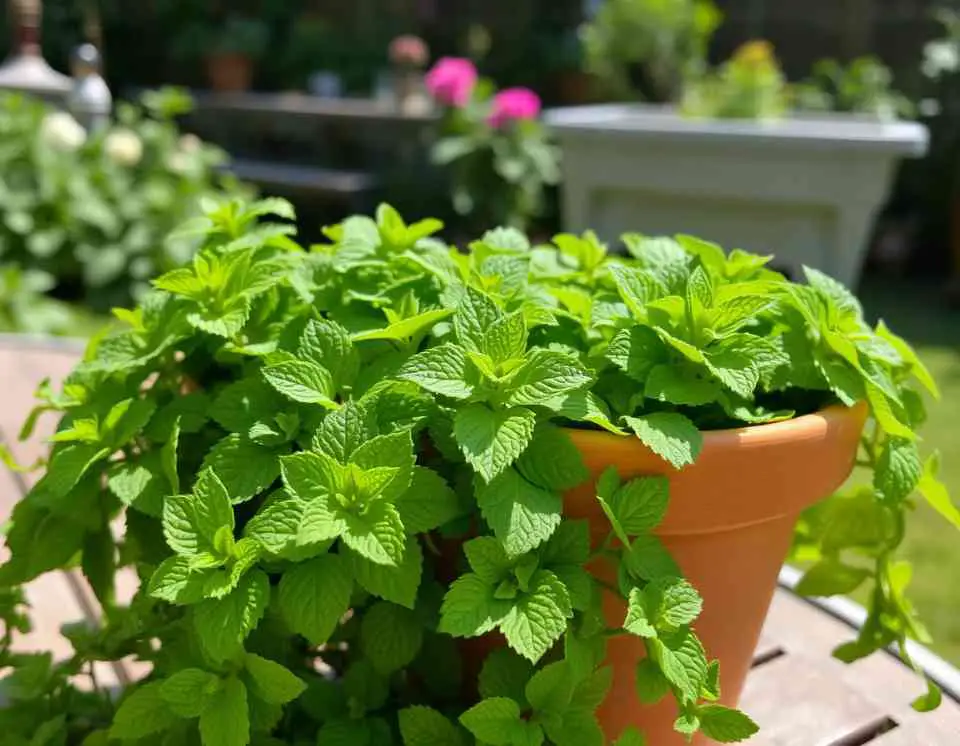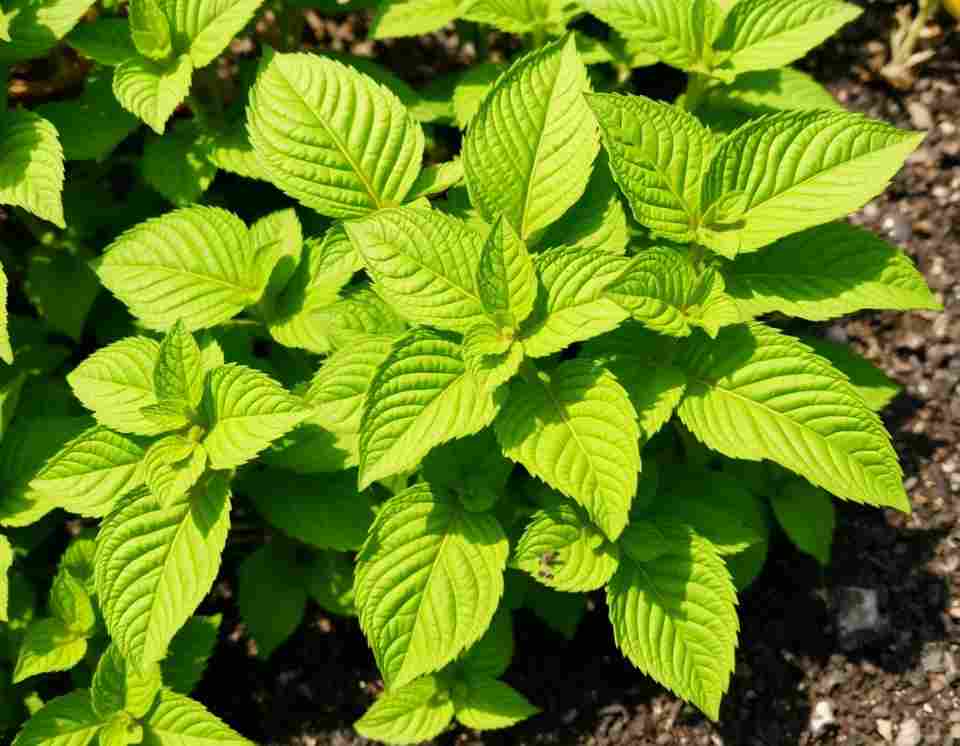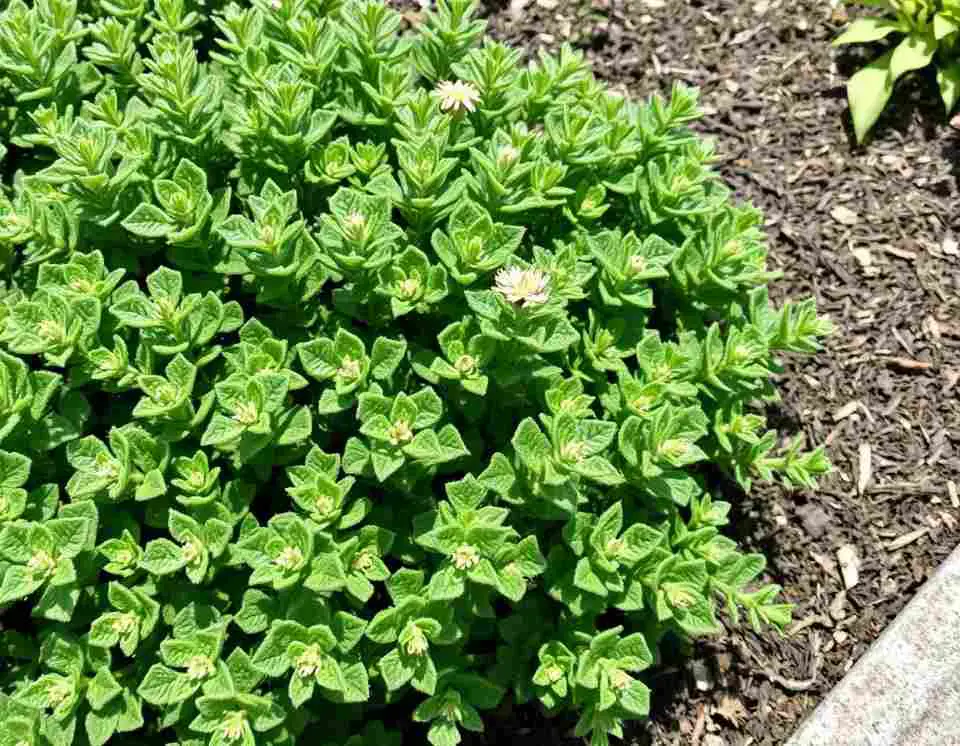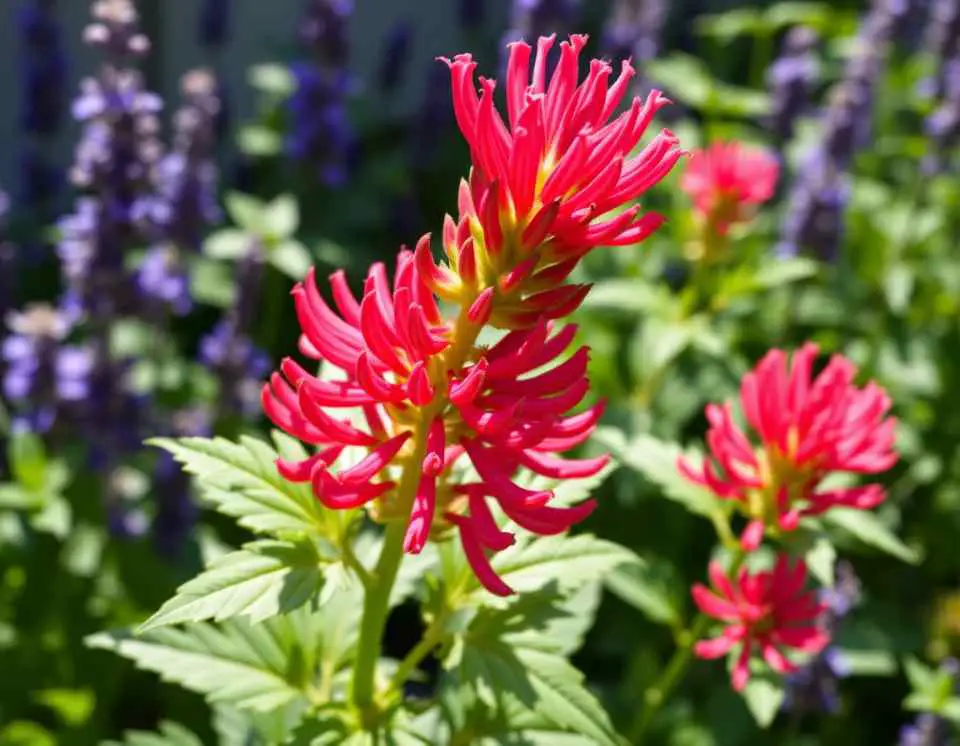Which Herbs Are Invasive? Think Twice Before You Plant These
Let me guess. You picked up a few cute herb seedlings at the garden center, planted them in your backyard (or windowsill), and thought, “Perfect, fresh herbs all summer!” Now fast-forward a few months, and it looks like your oregano is trying to take over the neighborhood. Sound familiar?
Yeah. Been there. Got the T-shirt.
Which herbs are invasive? It’s a fair question, and one you’ll definitely want answered before your garden turns into a botanical free-for-all. Invasive herbs may seem innocent at first glance, but they can be real bullies in the garden. They spread like wildfire, choke out your other plants, and leave you wondering how a tiny pot of mint turned into a ground-level jungle.
So, let’s talk about which herbs are actually invasive, how to manage them (if you dare grow them), and which ones to avoid unless you like surprises… the weedy kind.
Table of Contents
- 1 What Makes an Herb Invasive?
- 2 1. Mint (Mentha spp.)
- 3 2. Lemon Balm (Melissa officinalis)
- 4 3. Oregano (Origanum vulgare)
- 5 4. Chives (Allium schoenoprasum)
- 6 5. Roman Chamomile (Chamaemelum nobile)
- 7 6. Bee Balm (Monarda didyma)
- 8 Honorable Mentions: Herbs That Can Be Invasive
- 9 Tips to Grow Invasive Herbs Without Losing Your Mind
- 10 Final Thoughts: Invasive, But Not Evil 😏
- 11 Author
What Makes an Herb Invasive?
Before we start naming names, let’s get one thing straight. Not every fast-growing herb is invasive. An invasive herb is one that spreads aggressively, either by roots, runners, or seeds, and takes over the space around it.
These plants usually:
- Grow rapidly and crowd out other plants
- Spread underground or re-seed like crazy
- Are hard to fully remove once established
Sound like a garden nightmare? Yep. And unfortunately, a few of the most popular herbs fall into this category.
1. Mint (Mentha spp.)
Let’s start with the worst offender. Mint is the king (or tyrant?) of invasive herbs. It spreads through underground runners and can take over entire beds if you’re not careful.
Why it’s invasive:
- Grows like it’s on caffeine
- Sends out underground rhizomes
- Pops up in random spots like it’s playing hide and seek
How to control it:
- Plant it in a container, seriously, never directly in the ground
- Use a deep pot or even sink the container into the soil to keep roots contained
Personal tip: I once planted peppermint directly in my veggie garden. By the next summer, it had tunneled halfway across the bed like a botanical jailbreak. Rookie mistake.
2. Lemon Balm (Melissa officinalis)
Don’t be fooled by the lovely lemon scent. Lemon balm is basically mint’s cousin, same sneaky habits, same underground mission to take over.
Why it’s invasive:
- Reproduces by seeds and rhizomes
- Can spread wildly if not cut back
How to control it:
- Deadhead flowers before they set seed
- Keep it trimmed and in a container
FYI: If you let this stuff flower, you’ll have lemon balm popping up in places you didn’t even plant anything. Sidewalk cracks? Sure. Your neighbor’s yard? Probably.
3. Oregano (Origanum vulgare)
This one surprised me too. Oregano may not seem aggressive at first, but give it time, it spreads like gossip in a small town.
Why it’s invasive:
- Spreads via underground runners
- Self-seeds easily
How to control it:
- Divide the plant every couple years
- Trim it back hard after flowering
Pro tip: If you love oregano but don’t want a full-blown oregano empire, stick to growing it in raised beds or pots.
4. Chives (Allium schoenoprasum)
Okay, chives are tasty and adorable, but don’t let them flower unless you’re ready to find baby chives everywhere.
Why it’s invasive:
- Self-seeds like a champ
How to control it:
- Snip off flower heads before they go to seed
- Pull up unwanted seedlings quickly
IMO, chives are one of those herbs you forgive because they’re just so dang useful, but still, keep them in check.
5. Roman Chamomile (Chamaemelum nobile)
Surprised to see this one here? Roman chamomile can be a ground-hugging menace if left unchecked.
Why it’s invasive:
- Spreads via creeping roots
- Grows low and wide, smothering other plants
How to control it:
- Mow it or trim regularly
- Grow in contained patches only
I grew it for its calming tea vibes. Didn’t feel very calm when I had to dig it out of the thyme patch. Just saying.
6. Bee Balm (Monarda didyma)
Don’t get me wrong, bee balm is beautiful and great for pollinators, but it spreads through rhizomes like mint’s flamboyant cousin.
Why it’s invasive:
- Underground stems multiply quickly
- New shoots pop up several feet away
How to control it:
- Plant with a rhizome barrier or in a large container
- Divide clumps every 2–3 years
Still worth growing if you love hummingbirds. Just know what you’re signing up for.
Honorable Mentions: Herbs That Can Be Invasive
These herbs aren’t always invasive, but under the right (or wrong?) conditions, they’ll spread more than you bargained for.
Watch out for:
- Tansy – Toxic to pets and very aggressive
- Feverfew – Pretty flowers, but self-seeds fast
- Borage – A re-seeding machine
- Sorrel – Can crowd out nearby plants if not contained
Quick tip: If a plant reseeds or spreads underground, assume it needs boundaries. Trust me.
Tips to Grow Invasive Herbs Without Losing Your Mind
Want to grow these herbs anyway? No judgment, I do too. Here’s how to keep things under control:
Container Gardening FTW:
- Grow aggressive herbs in pots or raised beds
- Use pots with no drainage holes in the ground to trap roots
Trim Often:
- Keep flowers from going to seed
- Cut back hard mid-season to slow spread
Mulch & Barriers:
- Use landscape fabric or edging to stop root creep
- Add a mulch buffer zone between herbs and other plants
Stay Vigilant:
- Check for runners or seedlings often
- Pull anything suspicious before it takes hold
Honestly, a few minutes a week of weeding or pruning goes a long way.
Final Thoughts: Invasive, But Not Evil 😏
Look, just because a plant is invasive doesn’t mean it’s the devil. These herbs can still be part of a healthy garden if you respect their hustle and set some boundaries.
Ever planted mint thinking it’d be a cute little kitchen herb, only to end up with a mint carpet six months later? Same here. But with a little strategy (and maybe a few containers), you can grow what you love without sacrificing the rest of your garden.
Got a story about an herb that took over your garden? Shoot me a message, I love hearing about other people’s garden fails. Misery loves company, right? 🙂
Now go forth and plant responsibly. Just… maybe skip the mint in the ground, okay?













